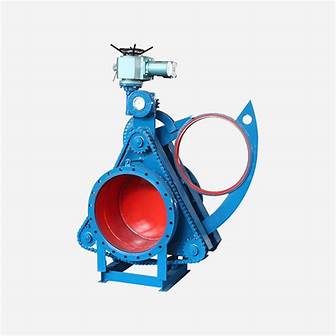Exploring the Functionality and Applications of On-Off Globe Valves in Industrial Settings
Understanding On/Off Globe Valves A Comprehensive Overview
On/off globe valves are vital components in various industrial applications, particularly in fluid control systems. They are designed to regulate the flow of liquids and gases through pipelines and are renowned for their ability to provide tight sealing and precise control. This article will delve into the functionality, characteristics, advantages, and applications of on/off globe valves, emphasizing their importance in the engineering and industrial sectors.
Functionality and Design
Globe valves are named for their globe-like shape, which distinguishes them from other types of valves. The design features a movable disk or plug and a stationary seat, which together regulate flow. When the valve is closed, the disk blocks the flow path, and when it is opened, the disk rises to allow fluid to pass. The on/off mechanism is straightforward turning the valve handle or actuator raises or lowers the disk, thereby controlling the flow of the medium.
One of the key attributes of globe valves is their ability to provide a tight seal, which is essential when it comes to preventing leaks. This sealing capability makes on/off globe valves particularly suitable for applications where reliability and safety are paramount, such as in chemical processing and oil and gas industries.
Characteristics
On/off globe valves are characterized by their relatively simple construction, which includes a body, a top, a disk, and a stem. They come in various materials, including brass, stainless steel, and plastic, allowing their use in different environments and with diverse media types. Additionally, they can be operated manually through a handle or automatically using electric or pneumatic actuators, which further enhances their versatility.
The flow path in globe valves is typically linear, resulting in a consistent and predictable flow rate. While globe valves may have some pressure drop due to their design, they excel in applications requiring throttling, thanks to their ability to adjust flow rates with precision when partially open.
on off globe valve

Advantages
One of the primary advantages of on/off globe valves is their high level of durability and reliability. They can withstand high pressures and temperatures, making them suitable for both heavy-duty and moderate applications. The capability to achieve a tight seal ensures minimal leakage, which is critical in sensitive industrial processes.
Another benefit is their ease of maintenance. Globe valves are relatively easy to inspect, service, and replace parts when necessary. This accessibility reduces downtime in industrial settings, ultimately contributing to operational efficiency.
Moreover, when utilized in automated systems, they can enhance process control by allowing remote operation and real-time flow regulation. This integration is essential for modern industrial facilities that rely on advanced systems for efficiency and safety.
Applications
On/off globe valves find applications in a wide range of sectors. In the oil and gas industry, they are essential for controlling the flow of crude oil and natural gas. In the chemical industry, they are used to manage the flow of corrosive and hazardous materials. Additionally, they are employed in water treatment plants, power generation facilities, and HVAC systems, illustrating their broad utility.
In summary, on/off globe valves are indispensable in the realm of fluid control systems. Their reliable operation, tight sealing capabilities, and ease of maintenance make them ideal for various applications across multiple industries. As technology advances, the design and functionality of these valves may continue to evolve, ensuring they remain a staple in industrial operations for years to come. Their importance cannot be overstated as industries strive for efficiency, safety, and reliability in their processes.
-
3-types-of-check-valves-maintenance-tipsNewsAug.23,2025
-
ball-valves-types-with-trunnion-mounted-designNewsAug.23,2025
-
butterfly-valve-company-production-capabilitiesNewsAug.23,2025
-
fisher-globe-valve-technical-specificationsNewsAug.23,2025
-
types-of-gaskets-for-flanges-selection-guideNewsAug.23,2025
-
wedge-gate-valve-suppliers-quality-standardsNewsAug.23,2025
-
Breakthrough in Domestic Low Temperature Valve Technology in ChinaNewsAug.18,2025




